
Think about it. We’ve been using Windows with large screens almost all our life. It still remains the most popular desktop/laptop OS, used by people of all ages, and even though Google’s ChromeOS and Apple’s MacOS are strong contenders, there’s a certain framework that Windows uses that’s universal. A start button and taskbar at the bottom, files and folders appearing as windows that can be minimized and maximized, and a screen that’s conducive to power-usage and multitasking. Windows is the perfect big-screen OS for small or large jobs, and for complicated work as well as basic web browsing.
When you think of folding phones, the first use case that comes to mind is multitasking… a feature that mobile OS’s haven’t really enabled well enough. I still don’t know how to use apps in split-screen in Android, and even though I sort of know my way around iOS, I rarely see myself multitasking, even on my iPad. On my laptop, it happens without me even thinking or knowing. I’ve got Chrome open, but also a folder open in the background, a notes app on my desktop, and photoshop minimized, ready to be used. The estate provided by a large screen just makes things easier, and the Windows OS really enables this in a way that’s so easy to use, it gets taken for granted.
Now when you look at Microsoft’s vision of a folding phone, like the Surface Note concept shown below (also referred to as Project Andromeda by Microsoft), you’ll instantly realize that it’s running Windows (albeit in tablet mode), rather than a mobile OS built for screens no larger than 6 inches. The OS replicates the familiar desktop experience that actually makes a large screen useful. Fold the Surface Note in half when you need a phone (the OS is still perfectly useful), and open it into its larger format to use multiple apps together. The process feels incredibly natural, given how familiar we are with the Windows OS, and the larger screen’s functionality is further extended with the presence of the Surface Stylus. The stylus is even allowed to be carried ‘inside’ the Surface by simply wedging it in like a bookmark (although I’d probably be very concerned about damaging that display). Microsoft still seems to be working on developing their super-secret folding gadget, although people HAVE discovered several patents online. Personally, this could honestly be a pretty big deal for Microsoft. Whether you like it or not, they’ve had the monopoly on large-screen operating-systems meant for power-users all along. Android and iOS may be at a genuine disadvantage here, because their OS wasn’t developed for full-featured multitasking… Windows for desktop and tablet, on the other hand, has. If they can manage to deliver on a device that allows you to carry that large-screen (and its world of functionality) in your pocket, that’s just an incredible win for the company, and the OS!
Designer: Ryan Smalley










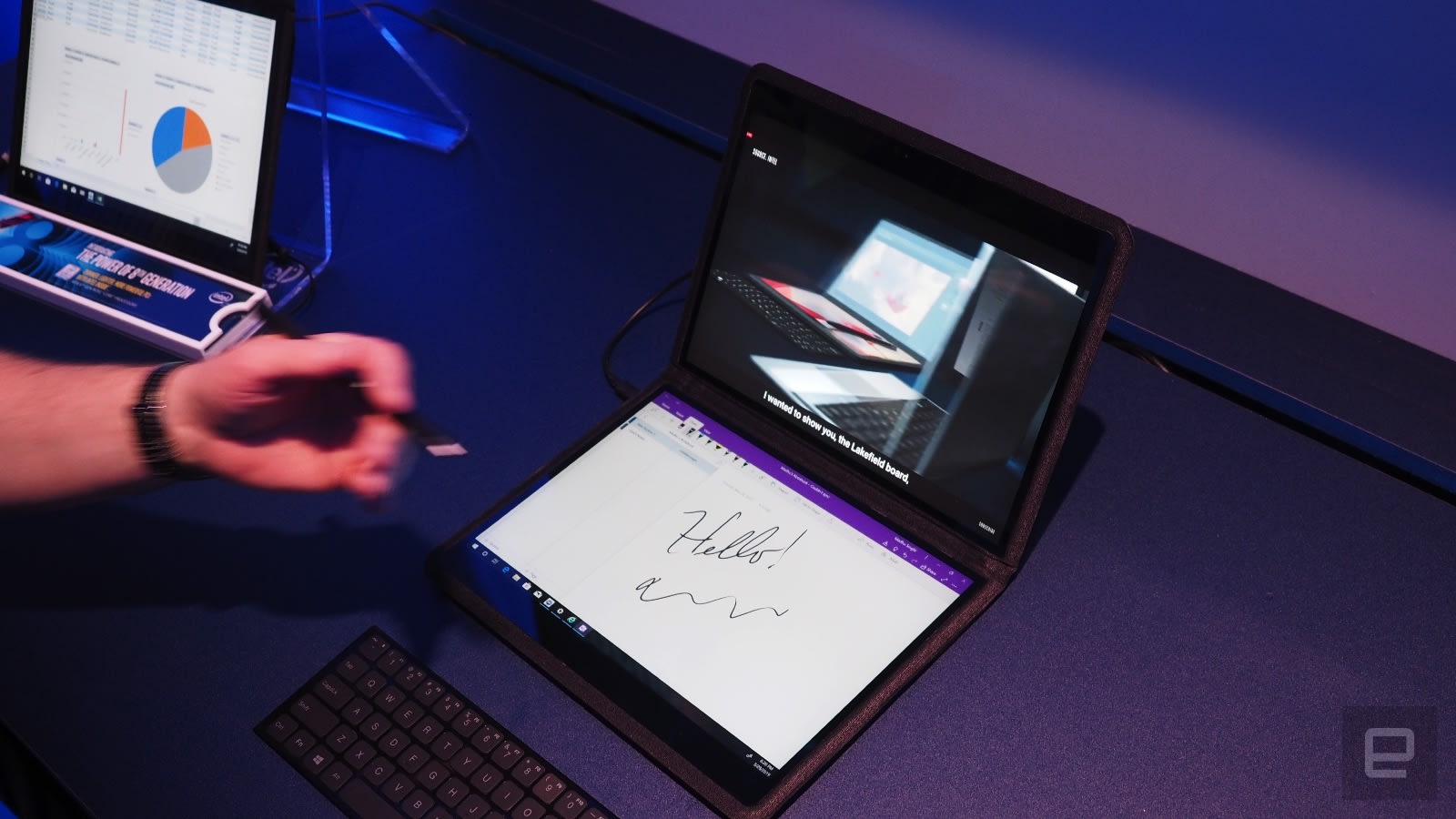 Rumors of Microsoft making a dual-screened Surface appear to be solidifying, although you may need to adjust your expectations. Sources for The Verge claim the company held an internal event where it offered a peek at future Surface device, includin...
Rumors of Microsoft making a dual-screened Surface appear to be solidifying, although you may need to adjust your expectations. Sources for The Verge claim the company held an internal event where it offered a peek at future Surface device, includin...
 Rumors of Microsoft making a dual-screened Surface appear to be solidifying, although you may need to adjust your expectations. Sources for The Verge claim the company held an internal event where it offered a peek at future Surface device, includin...
Rumors of Microsoft making a dual-screened Surface appear to be solidifying, although you may need to adjust your expectations. Sources for The Verge claim the company held an internal event where it offered a peek at future Surface device, includin...










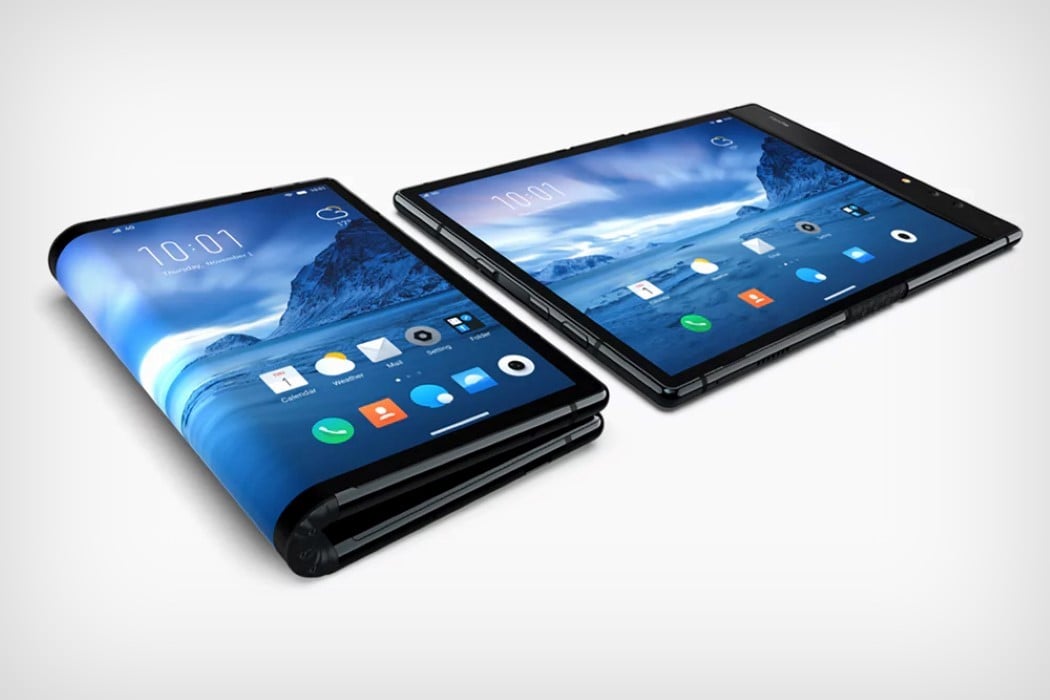
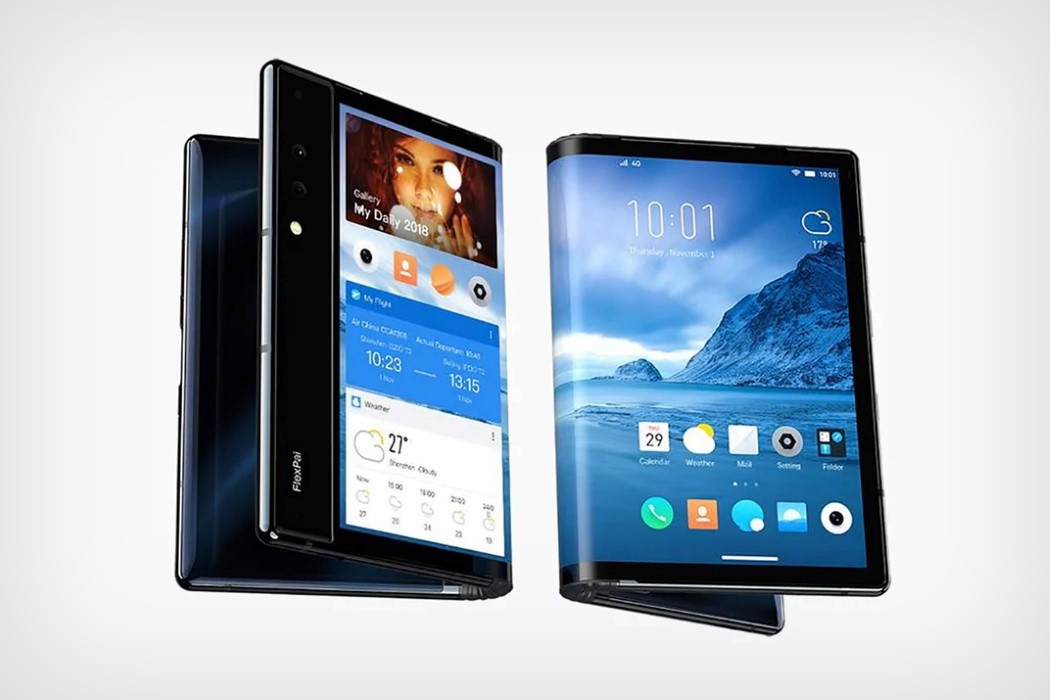
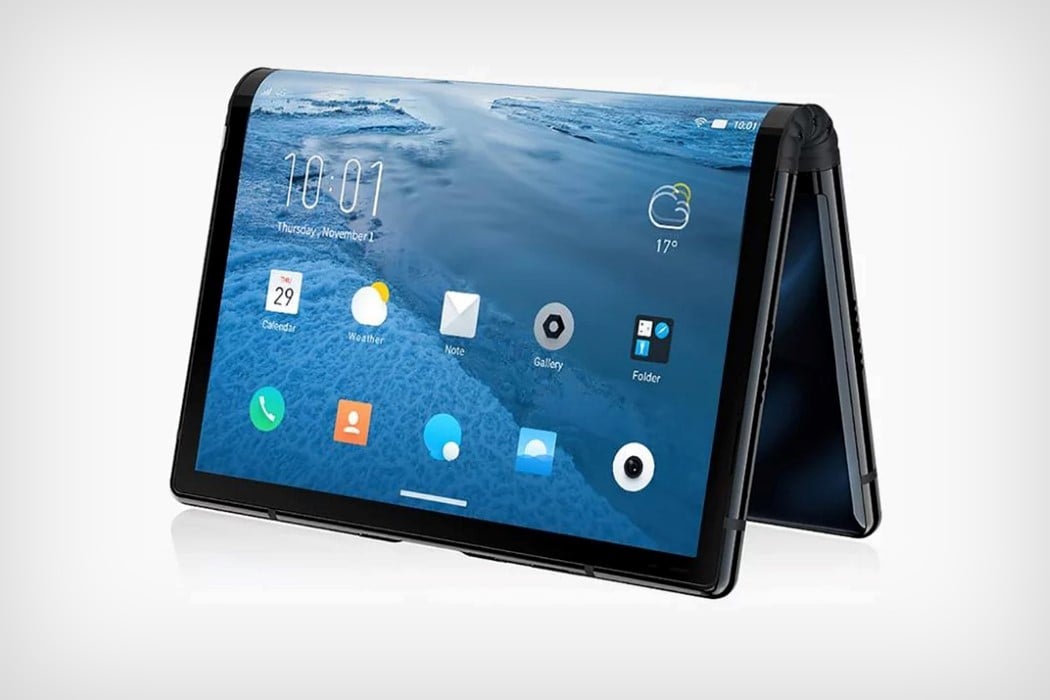
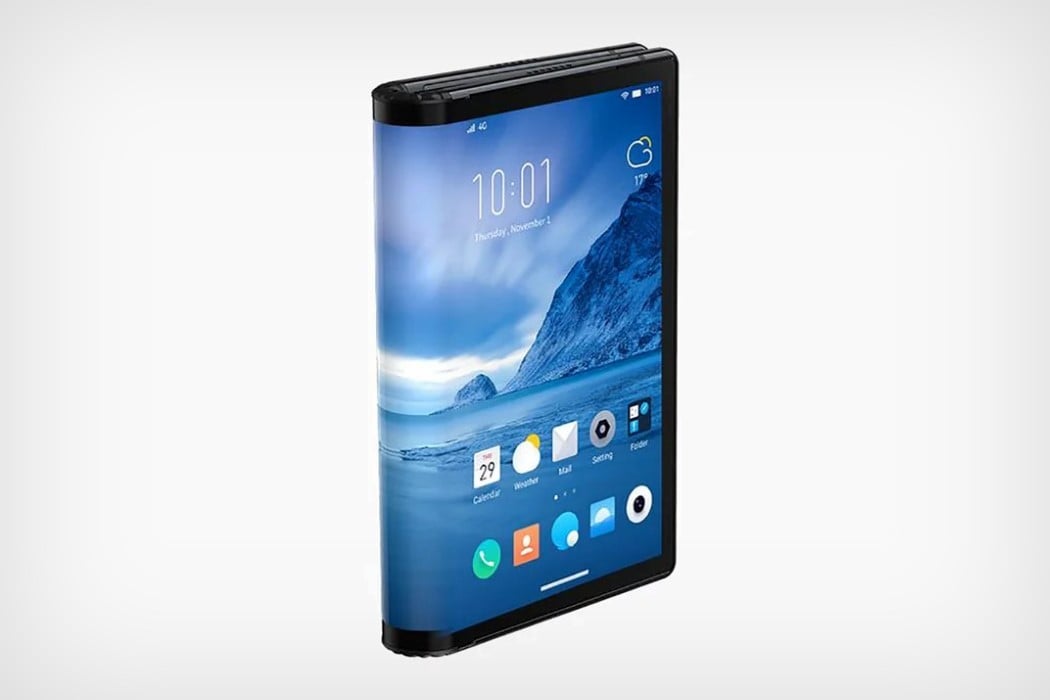
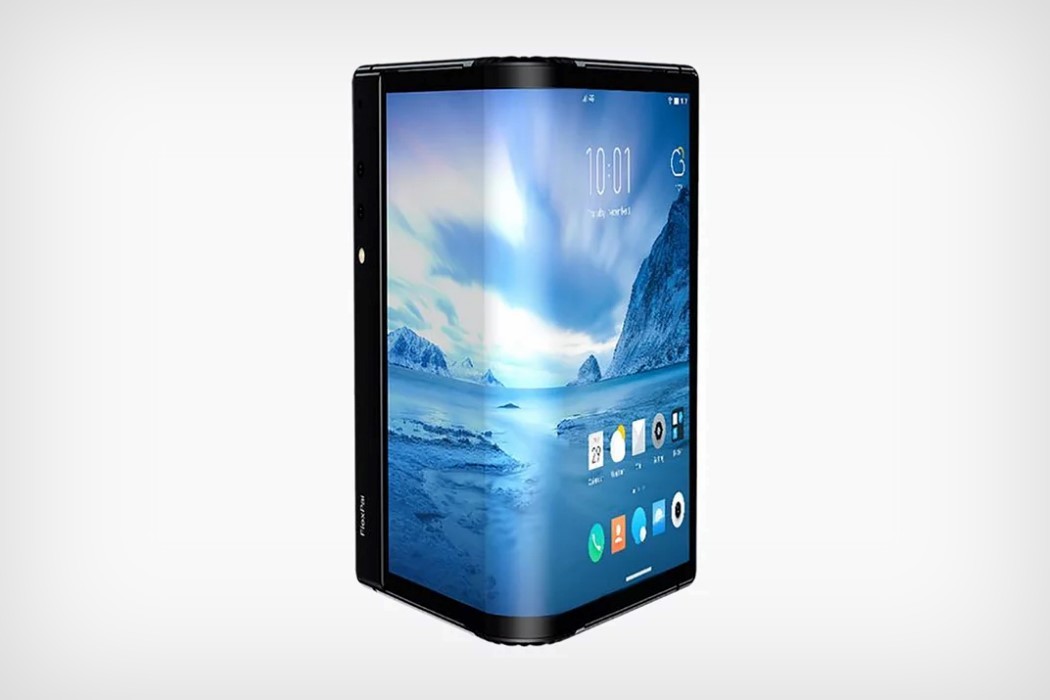
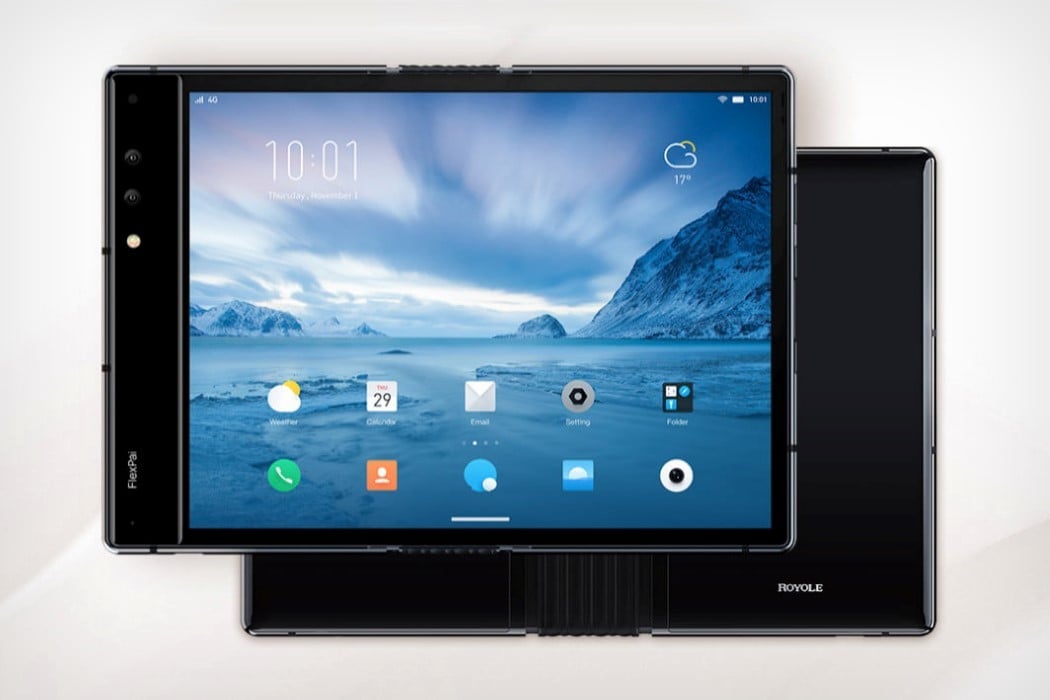
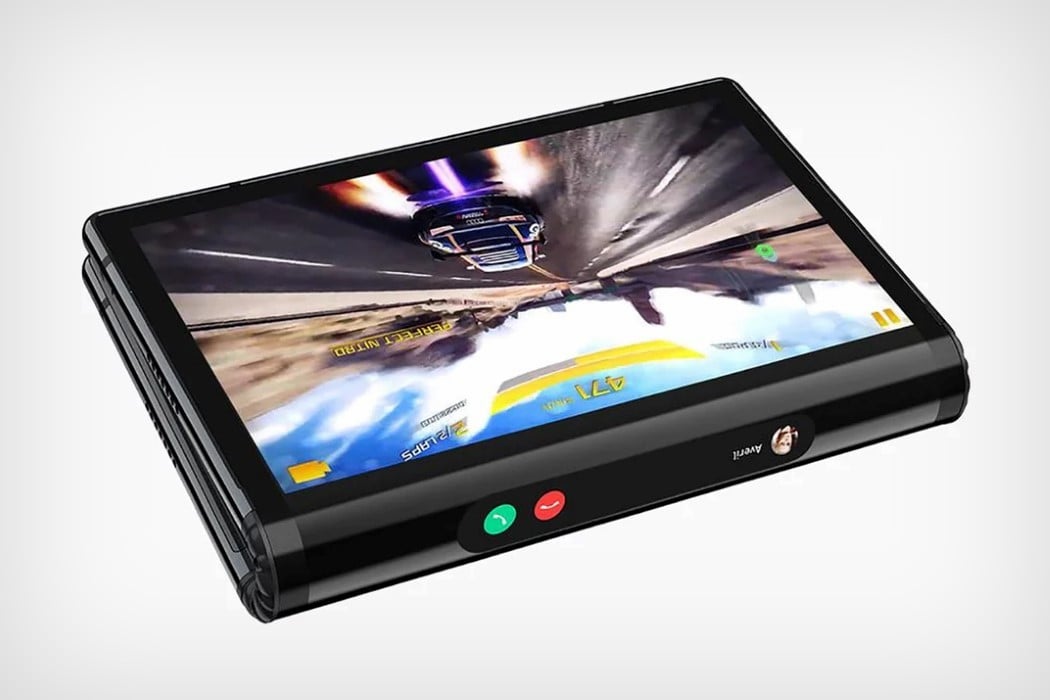
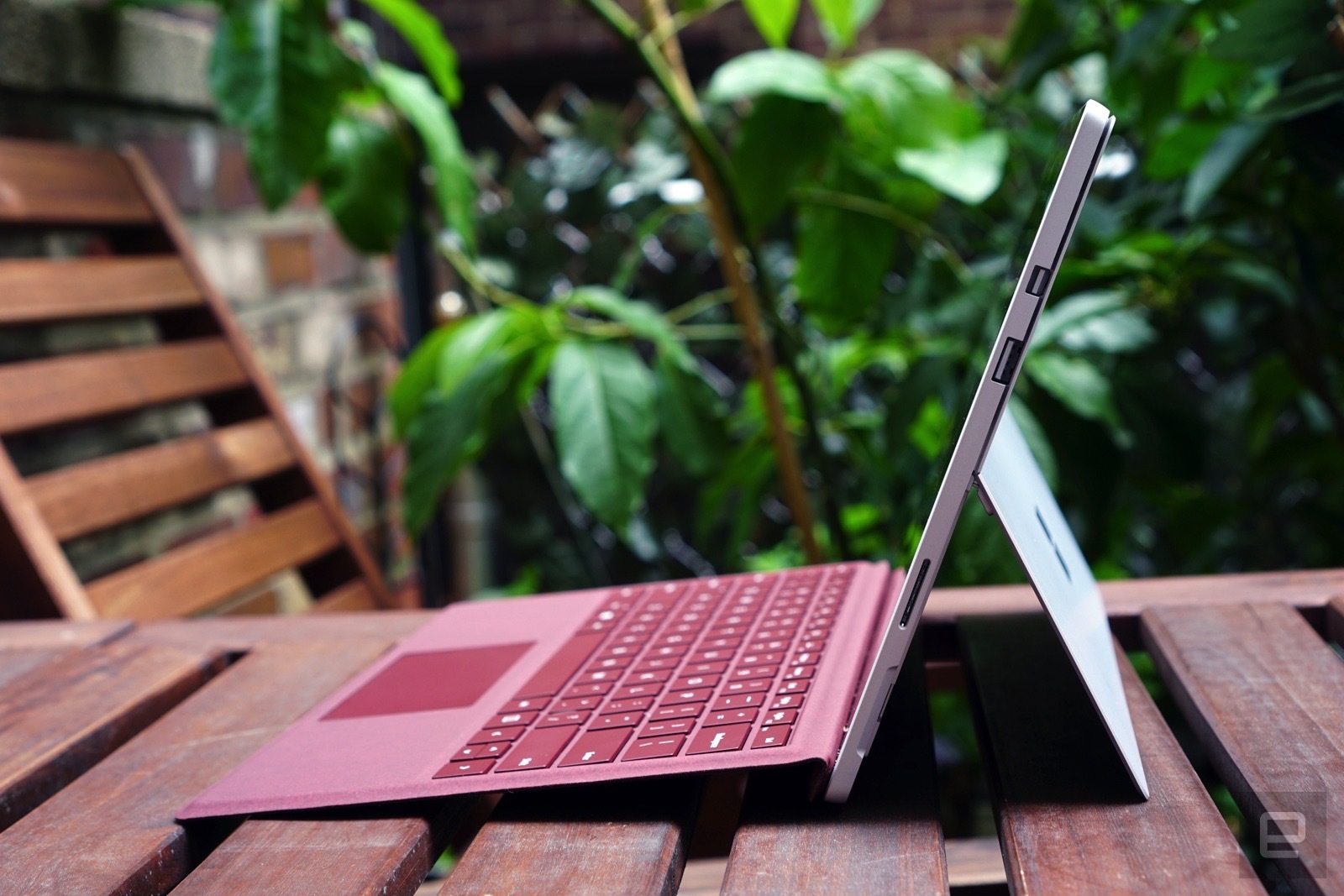 Microsoft's Surface lineup has gone from being a messy, nearly unusable experiment to some of the best PCs on the market. The Surface and Surface Pro helped popularize the idea of hybrid tablet PCs -- so much so that even Apple is trying to mimic it...
Microsoft's Surface lineup has gone from being a messy, nearly unusable experiment to some of the best PCs on the market. The Surface and Surface Pro helped popularize the idea of hybrid tablet PCs -- so much so that even Apple is trying to mimic it...
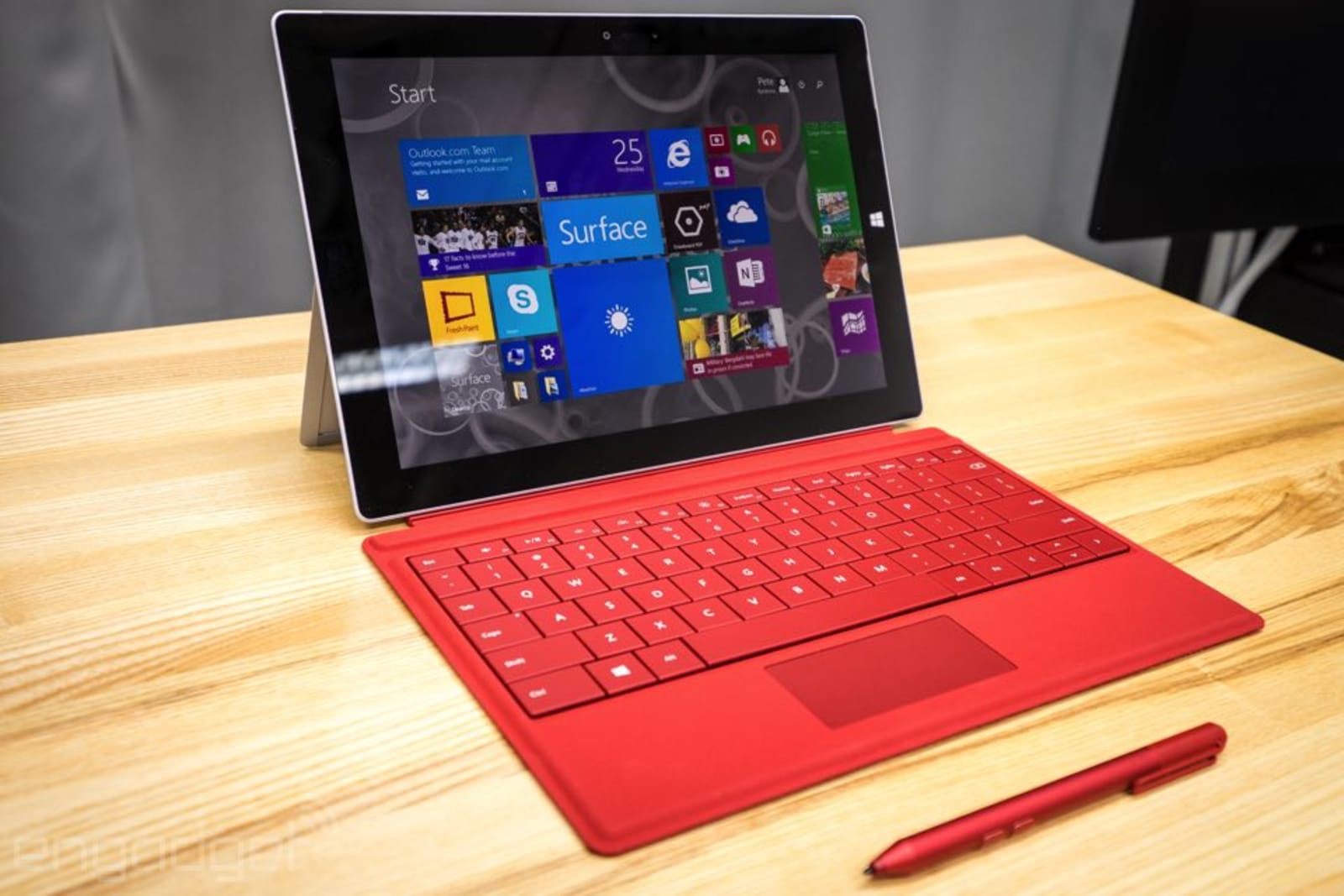 Microsoft has been evidently working on a foldable tablet, code-named Andromeda, for a while now. It's supposed to focus on pen input and was rumored to hit the market as early as this year. Now, according to a leaked Microsoft document acquired by T...
Microsoft has been evidently working on a foldable tablet, code-named Andromeda, for a while now. It's supposed to focus on pen input and was rumored to hit the market as early as this year. Now, according to a leaked Microsoft document acquired by T...
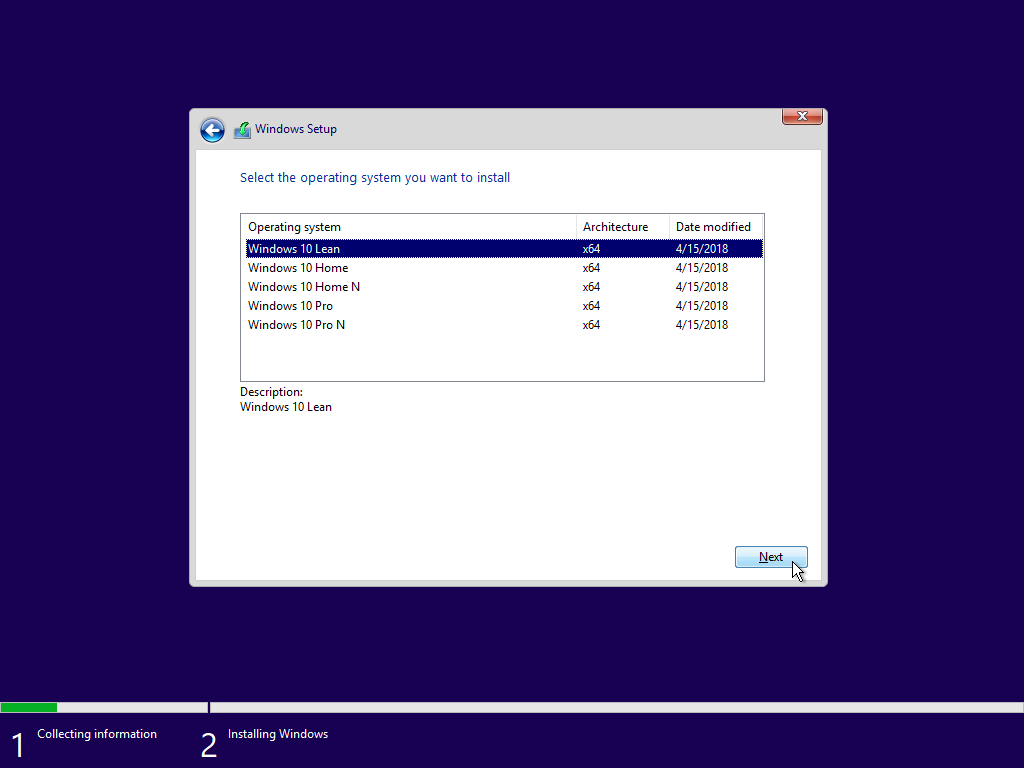 A smaller, more pared down version of Windows 10 was spotted in the latest Redstone 5 preview build. Microsoft is calling it Windows 10 Lean and it's 2GB smaller in size than standard editions of Windows 10 once installed. Missing from this version a...
A smaller, more pared down version of Windows 10 was spotted in the latest Redstone 5 preview build. Microsoft is calling it Windows 10 Lean and it's 2GB smaller in size than standard editions of Windows 10 once installed. Missing from this version a...
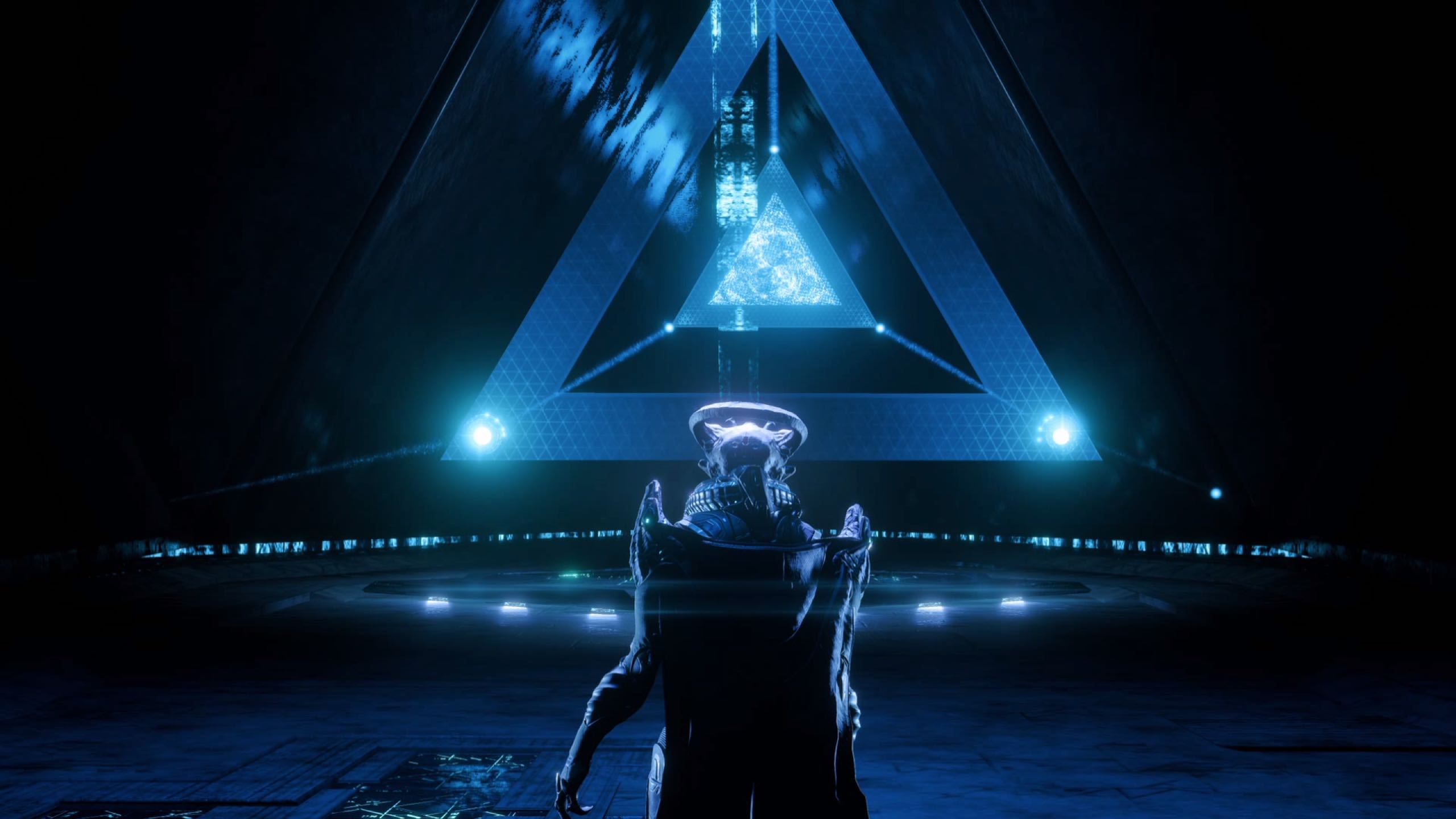 The internet's reaction to Mass Effect: Andromeda has been overwhelmingly negative. Whether the game's pitiful user ratings on review sites are actually representative of what most players think is a question for another day, but it's fair to say tha...
The internet's reaction to Mass Effect: Andromeda has been overwhelmingly negative. Whether the game's pitiful user ratings on review sites are actually representative of what most players think is a question for another day, but it's fair to say tha...
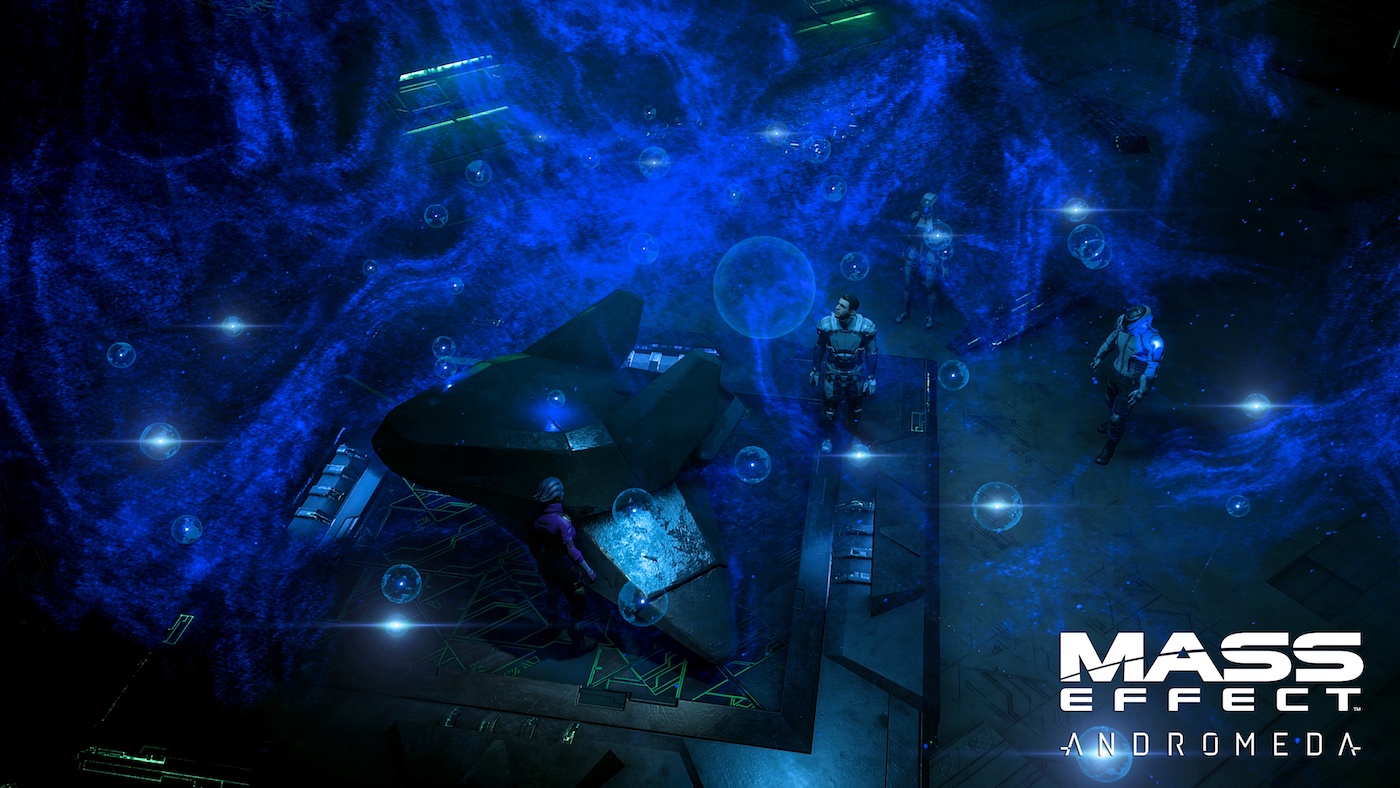 If you're an EA Access subscriber you'll be able to play Mass Effect: Andromeda's first ten hours almost a week ahead of everyone else. Like Electronic Arts has done for games in the past, folks on Xbox One will be able to play the highly-anticipated...
If you're an EA Access subscriber you'll be able to play Mass Effect: Andromeda's first ten hours almost a week ahead of everyone else. Like Electronic Arts has done for games in the past, folks on Xbox One will be able to play the highly-anticipated...
 Electronic Arts and BioWare have finally ended months of itchiness by announcing the release date for Mass Effect: Andromeda. At CES this morning, the duo revealed that the title will arrive in the US on Tuesday, March 21st 2017. Europeans will need...
Electronic Arts and BioWare have finally ended months of itchiness by announcing the release date for Mass Effect: Andromeda. At CES this morning, the duo revealed that the title will arrive in the US on Tuesday, March 21st 2017. Europeans will need...